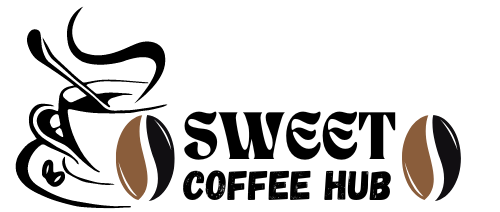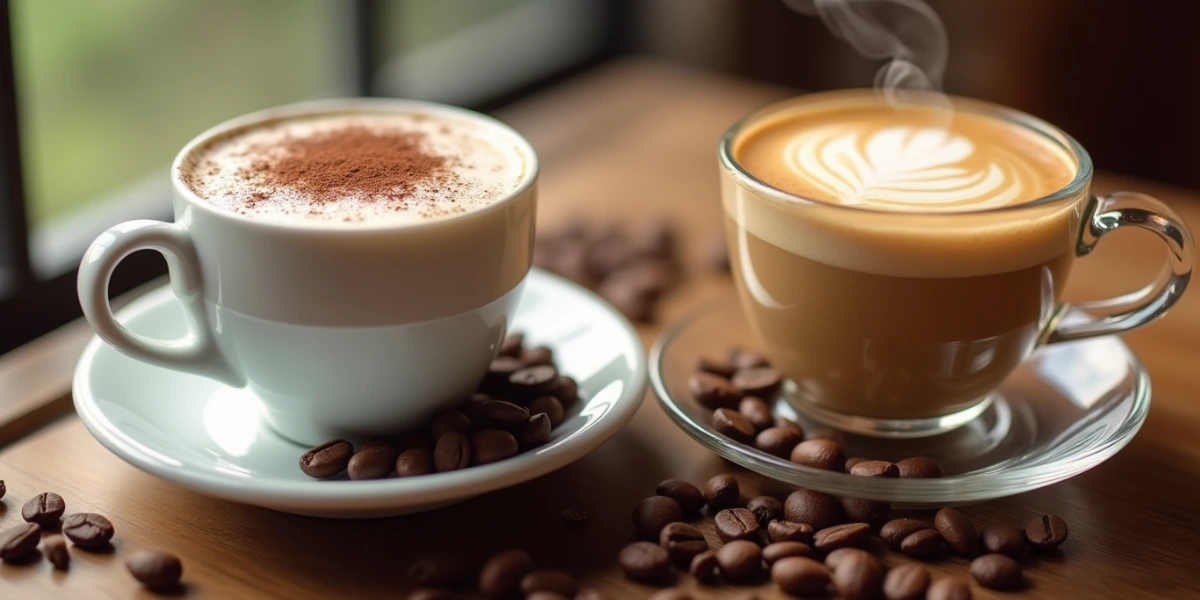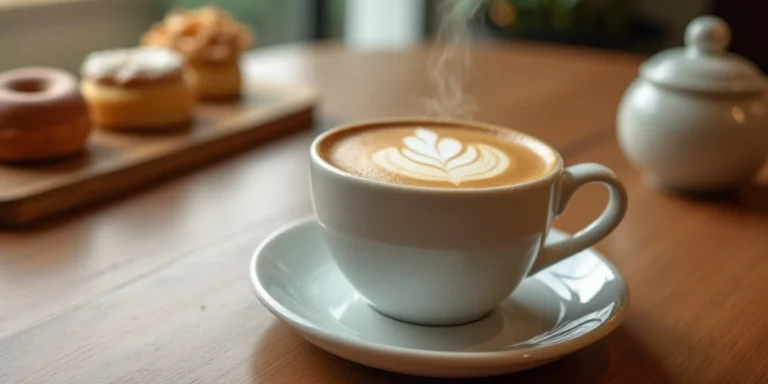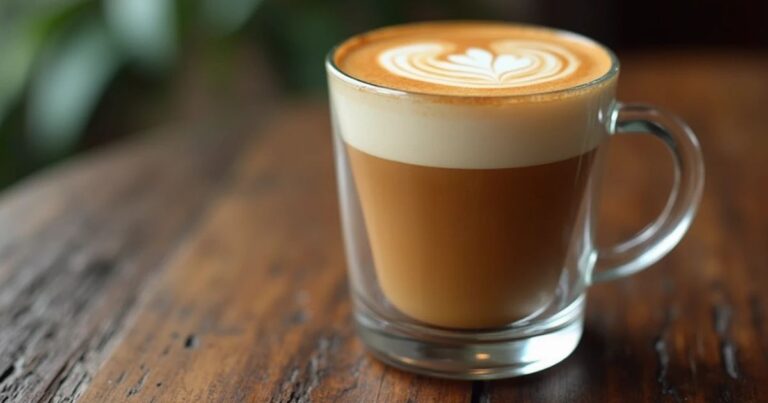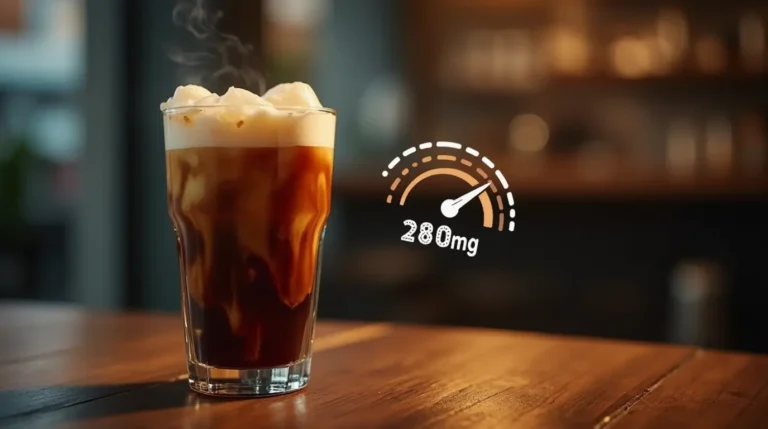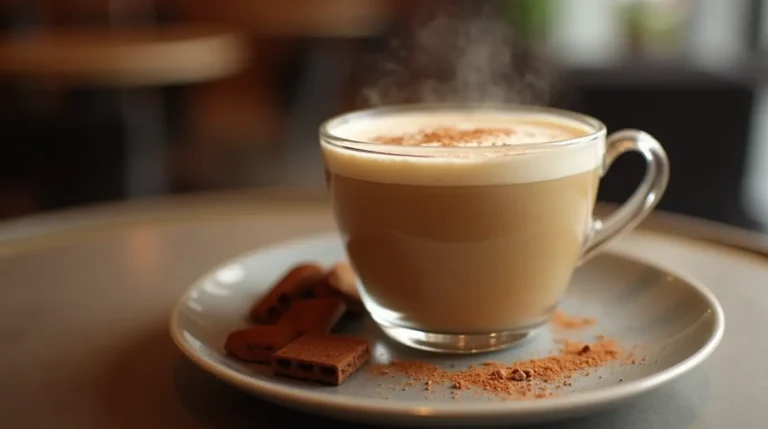Cappuccino vs Latte: The Ultimate Guide to Choosing Your Perfect Coffee
Choosing between a cappuccino and a latte can be tough, especially if you’re new to coffee. Each drink has its own history, mix, and taste. Knowing the differences can help you pick the one that suits your taste.
We’ll look into the world of cappuccino and latte. We’ll cover their unique features, from where they come from to how they’re served. By comparing them, you’ll understand what makes each special and which one you might like better.
Table of Contents
Understanding the Basics of Cappuccino vs Latte
To understand the difference between cappuccino and latte, we need to look at their origins and how they’re made. These two coffee drinks have their own histories and tastes. This makes them unique.
Cappuccino and latte both come from Italian culture. Cappuccino started in the early 1900s, while latte dates back to the 1600s. Knowing their history helps us see how they’ve changed over time.
Origins and History
Looking at their history, cappuccino was named after the Capuchin friars. Latte comes from the Italian word for milk. This tells us a lot about their cultural importance.
Basic Composition
The way cappuccino and latte are made is key to their taste. A cappuccino has espresso, steamed milk, and foam. Latte has espresso and steamed milk. This difference in ingredients affects their taste.
Traditional Serving Methods
Serving styles also differ. Cappuccino goes in a smaller cup, while latte is in a bigger one. This shows their unique qualities and how they’re enjoyed. Knowing these basics helps us see why cappuccino and latte taste different.

The Art of Milk-to-Espresso Ratios
When it comes to cappuccino vs latte milk ratio, finding the right balance is key. The traditional cappuccino has 1/3 espresso, 1/3 steamed milk, and 1/3 foam. On the other hand, latte has more milk. Knowing how to mix milk and espresso can make your coffee just right, whether you like it strong or smooth.
The quality of the milk is crucial for a great cappuccino vs latte milk ratio. The milk should be smooth and silky. It should also have a microfoam that boosts the coffee’s flavor and texture. For a perfect cappuccino, the ratio is:
- 1/3 espresso
- 1/3 steamed milk
- 1/3 foam
Latte has more milk, focusing on a creamy taste. The ideal ratio for you will depend on what you like. So, don’t be afraid to try different mixes to find your favorite.
Learning about milk-to-espresso ratios can take your coffee to the next level. You can make amazing cappuccino and latte drinks at home. Whether you’re a coffee expert or new to specialty coffee, knowing about cappuccino vs latte milk ratio is vital for the perfect cup.
| Coffee Drink | Milk-to-Espresso Ratio |
|---|---|
| Cappuccino | 1/3 espresso, 1/3 steamed milk, 1/3 foam |
| Latte | 1/3 espresso, 2/3 steamed milk |
Exploring the Distinct Taste Profiles
When comparing cappuccino vs latte taste, there are clear differences. Each drink has its own unique taste, making them perfect for different tastes. Knowing what makes each drink special can help you choose the right one for you.
A cappuccino is known for its bold espresso flavor. This is balanced by creamy steamed milk. On the other hand, a latte has a milder taste, with more milk than espresso. The milk’s temperature also affects the taste, with hot milk making the espresso taste bitter and cool milk making it smoother.
Key Factors Affecting Taste
- Espresso flavor: strong and bold in a cappuccino, milder in a latte
- Milk texture: creamy and velvety in a cappuccino, more liquid in a latte
- Milk temperature: hotter milk brings out bitterness, cooler milk creates a smoother taste
Understanding these factors helps you decide between a cappuccino vs latte. Whether you like the bold taste of a cappuccino or the milder taste of a latte, there’s a coffee for you.
| Drink | Espresso Flavor | Milk Texture | Milk Temperature |
|---|---|---|---|
| Cappuccino | Strong and bold | Creamy and velvety | Hotter |
| Latte | Milder | More liquid | Cooler |
Foam Characteristics and Textures
When comparing cappuccino vs latte foam, the differences are clear. Cappuccino foam is thicker and velvety, offering a rich texture and flavor. Latte foam, on the other hand, is thinner and more uniform, creating a layered look in the cup.
The type of milk, temperature, and barista technique affect foam texture. Whole milk makes foam thicker and creamier. Skim milk, however, results in lighter, airier foam.
| Milk Type | Foam Texture | Foam Thickness |
|---|---|---|
| Whole Milk | Velvety | Thick |
| Skim Milk | Airy | Thin |
| Almond Milk | Light | Medium |
Understanding foam in cappuccino vs latte shows the skill in coffee-making. Recognizing these differences lets you enjoy your coffee more. It also highlights the artistry in creating the perfect cup.

Caffeine Content and Energy Boost
When comparing cappuccino vs latte caffeine, knowing the differences is key. Both drinks have caffeine, but the amount can change based on several factors. You might like a cappuccino for its strong taste and more caffeine, or a latte for its softer taste and less caffeine.
The choice between the two depends on the espresso-to-milk ratio. A cappuccino has more espresso, making it more caffeinated. A latte, with more milk, has less caffeine. Factors such as the type of coffee beans, roast level, and brewing method also affect the caffeine in your drink.
Cappuccino Caffeine Levels
A typical cappuccino has about 60-80 milligrams of caffeine in an 8-ounce serving. This is because it has more espresso. In contrast, a latte has about 40-60 milligrams of caffeine per 8-ounce serving. This makes a latte a better choice for those who are sensitive to caffeine.
Latte Caffeine Content
The caffeine in a latte is generally less than in a cappuccino. But, this can change based on the coffee shop or brewing method. It’s important to check the caffeine content if you’re watching your intake.
Factors Affecting Caffeine Concentration
Several factors can influence the caffeine in your cappuccino or latte:
- Type of coffee beans used
- Roast level of the beans
- Brewing method and equipment
- Espresso-to-milk ratio
By knowing these factors and the typical caffeine levels in cappuccino vs latte, you can choose the right drink for your energy needs and caffeine sensitivity.
Caloric Considerations and Nutritional Facts
When comparing cappuccino vs latte calories, knowing the nutritional facts is key. Both drinks can fit into a healthy diet if enjoyed in moderation. But, the calorie count changes based on the milk, sugar, and flavorings used.
A cappuccino usually has fewer calories than a latte because it has less milk. But, adding sugar, whipped cream, or flavorings can up the calorie count. Here are some important points:
- Average cappuccino vs latte calories: 60-120 calories for a cappuccino and 130-200 calories for a latte
- Milk type: whole milk, skim milk, or non-dairy alternatives can significantly impact calorie count
- Sugar and flavorings: adding these can increase calorie content by 50-100 calories or more
Being aware of these details helps you enjoy your coffee while keeping your diet balanced. By making smart choices, you can enjoy the taste of cappuccino vs latte without hurting your nutritional goals.
Size Variations and Serving Standards
When comparing cappuccino vs latte size, several factors come into play. The sizes and serving standards vary widely by region and culture.
In Italy, cappuccinos are served in small cups, while lattes are in larger ones. This reflects the cappuccino’s strong, rich flavor and the latte’s milky, refreshing taste.
Traditional Italian Sizes
In Italy, the traditional sizes are:
- Cappuccino: 3-4 oz
- Latte: 6-8 oz
American Adaptations
In the United States, sizes can differ a lot. Coffee shops offer cups of various sizes, based on local tastes and preferences.
International Size Differences
Worldwide, sizes also vary. For instance, in Australia, cappuccinos are 5-6 oz, and in the UK, they’re 6-8 oz.
Knowing the traditional sizes and serving standards for cappuccinos and lattes enriches our understanding of these coffee drinks’ cultural and historical backgrounds.
Customization Options and Add-ins
Customizing your cappuccino or latte is fun and easy. You can add different ingredients to make it your own. Popular choices include sugar, honey, whipped cream, and flavors like vanilla or hazelnut.
Understanding your milk and flavor options is key. You can pick from whole, skim, or non-dairy milks like almond or soy. Adding a shot of espresso to your latte gives you an energy boost.
- Sugar or honey to sweeten your drink
- Whipped cream for a creamy topping
- Flavorings such as vanilla or hazelnut to add a unique twist
- Non-dairy milk alternatives for a vegan or dairy-free option
Exploring these options lets you make the perfect cappuccino or latte. It’s all about finding what you like best.
Making the Perfect Cup at Home
Making a perfect cappuccino or latte at home can be tricky. You’ll need the right tools, like an espresso machine, coffee grinder, and steam wand. These help make a rich, creamy coffee drink, just like your favorite coffee shop.
Exploring cappuccino vs latte means learning the key steps for each. For a cappuccino, aim for a layered look with espresso, steamed milk, and foam. For a latte, focus on the steamed milk and a bit of foam. Knowing these differences lets you craft the perfect cup at home.
Essential Equipment
- Espresso machine
- Coffee grinder
- Steam wand
Step-by-Step Instructions
- Grind your coffee beans to the right consistency
- Pull a shot of espresso
- Steam your milk to the perfect temperature
Follow these steps and use the right tools to make a tasty cappuccino or latte at home. Don’t forget to play with the espresso to milk ratio to find your favorite mix.

Best Times to Enjoy Each Drink
Enjoying a cappuccino or latte at the right time can really enhance your experience. Traditionally, cappuccinos are for mornings, while lattes are for afternoons or as a sweet treat. Knowing when to have each drink can add to their charm.
A cappuccino is perfect for mornings. It gives you the energy you need to start the day. The mix of espresso, steamed milk, and foam is rich and satisfying. On the other hand, a latte is great for afternoons. Its creamy texture is calming and perfect for unwinding after a busy day.
- Morning: cappuccino is a great way to start the day, providing a energy boost and a rich flavor.
- Afternoon: latte is a perfect choice for a relaxing break, with its smooth and velvety texture.
- Evening: latte can also be enjoyed as a dessert drink, paired with sweet treats like cakes or pastries.
So, when is the best time for a cappuccino or latte? It’s up to you. Whether it’s a morning pick-me-up or an afternoon calm, enjoy it for its unique taste and cultural background.
Ordering Tips at Coffee Shops
Ordering a cappuccino vs latte at a coffee shop can be tricky. It’s key to know the menu terms and customization options. This way, you can enjoy the perfect cup of coffee.
A cappuccino has espresso, steamed milk, and foam on top. A latte has more milk and less foam. You can ask for a macchiato for a shot of espresso with a bit of milk.
Understanding Menu Terms
Here are some common menu terms to know when ordering a cappuccino vs latte:
- Cappuccino: espresso, steamed milk, and foam
- Latte: espresso and steamed milk with a thin layer of foam
- Macchiato: shot of espresso “marked” with a small amount of milk
- Cortado: equal parts espresso and milk
Knowing these terms lets you order with confidence. Don’t forget to ask about extra foam or flavorings. This makes your drink special.
Conclusion
The debate between cappuccino and latte is more than just a choice. It’s a dive into coffee culture, flavors, and the art of mixing milk and espresso. Whether you love cappuccinos or lattes, each drink has a rich history and skill behind it.
Learning about the differences between cappuccino vs latte helps you enjoy your coffee more. You’ll appreciate the talent of baristas who make these drinks. Each cup offers a unique taste, from the bold cappuccino to the smooth latte.
Next time you want a coffee, think about the cappuccino vs latte debate. Choose what you like best. Enjoy every sip and let your taste guide you on this tasty adventure.
FAQ
What is the difference between a cappuccino and a latte?
A cappuccino has 1/3 espresso, 1/3 steamed milk, and 1/3 foam. A latte has more milk, making it creamier. This makes a latte taste more milky.
Which drink has a stronger coffee flavor?
Cappuccino has a bolder espresso taste than latte. This is because cappuccino has more espresso. So, it’s richer and more intense.
How do the caffeine levels compare between a cappuccino and a latte?
Cappuccino usually has more caffeine than latte. This is because it has more espresso. But, caffeine levels can change based on coffee beans and brewing method.
What is the difference in milk texture and foam between a cappuccino and a latte?
Cappuccino has thick, velvety foam. This foam adds a creamy flavor. Latte has thinner foam. The type of milk and barista’s skill affect the foam.
How do the calorie and nutritional counts compare between a cappuccino and a latte?
Generally, cappuccino has fewer calories than latte. This is because it has less milk. But, calories can change based on milk type and added sweeteners.
What are the traditional serving sizes for a cappuccino and a latte?
In Italy, cappuccino is in a small cup, latte in a big one. In the US, sizes vary. Coffee shops offer different sizes for both drinks.
When is the best time to enjoy a cappuccino versus a latte?
Traditionally, cappuccino is for morning. Latte is for afternoon or dessert. But, you can enjoy both anytime you like.
What are some common customization options for a cappuccino and a latte?
You can add sugar, honey, whipped cream, or syrups to both. This lets you make your coffee just right for you.
